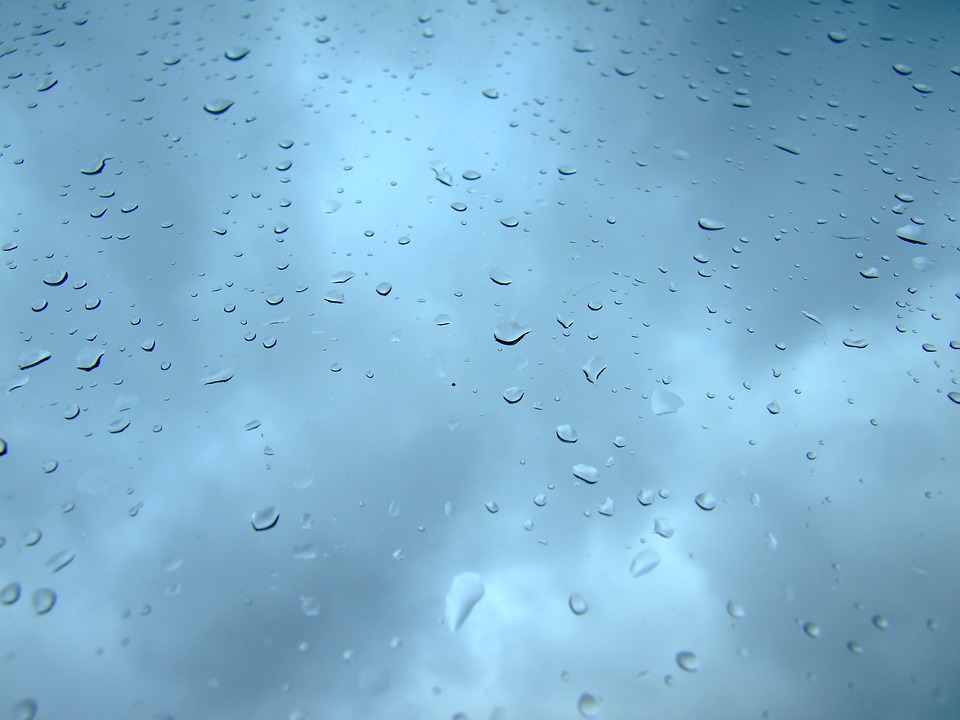Journey of a Raindrop – Storm Water and Wastewater Treatment lessons from ‘Waters to the Sea: Guadalupe River’. Total time – 50 Min.
Warm-up Questions: What is a watershed? What is groundwater? (Write time – 4 min. Pair share – 1 min Edit answers – 2 min) Intro – 15 min: Class discussion about the 2 pre-readings done for homework prior to class. (Types of Water Pollution). Make sure to touch on what Aquifer recharge zone you are in (Edward’s for Walsh MS) and where you get your drinking water (Town/Lady Bird Lake and Lake Travis).
Lesson – 20 min: Using the website watch the ‘Waters to the Sea Guadalupe River Activity’ video. Then click ‘Site Map’, then, ‘Journey of a Raindrop’ under the title ‘Upper Guadalupe’. Watch the raindrop video (approx 1 min). There are 8 interactive raindrops, answer the questions for each raindrop about how to improve the pollution. When questions are complete, exit out and go to google document in order to collaborate with your classmates to complete the shared document ‘Pollution Classification Chart’.
Class discussion (5 min): How do human activities affect groundwater and surface water in a watershed?
Exit Ticket (5 min): On the shared slides answer ‘How can I prevent water pollution at home?’
An additional item can be that kids email in pictures of their homes, where they find ground water pollution and of their solutions. They can then add this to the Exit Ticket slides the following day during warm up time to bring it full circle.
Objective: TSWBAT explain how human activities affect groundwater and surface water in a watershed, by using the pre-reading, watching the clips, discussing with scientific vocabulary, and classifying pollution.
Content TEKS: 7.8C – model the effects of human activity on groundwater and surface water in a watershed
Technology TEKS: 4C – Critical thinking, problem solving, and decision making. The student makes informed decisions by applying critical-thinking and problem-solving skills. The student is expected to: collect and analyze data to identify solutions and make informed decisions.
4Cs: Critical Thinking
Devices: Laptop, Personal camera
Other: http://waterstothesea.com/guadalupe/

